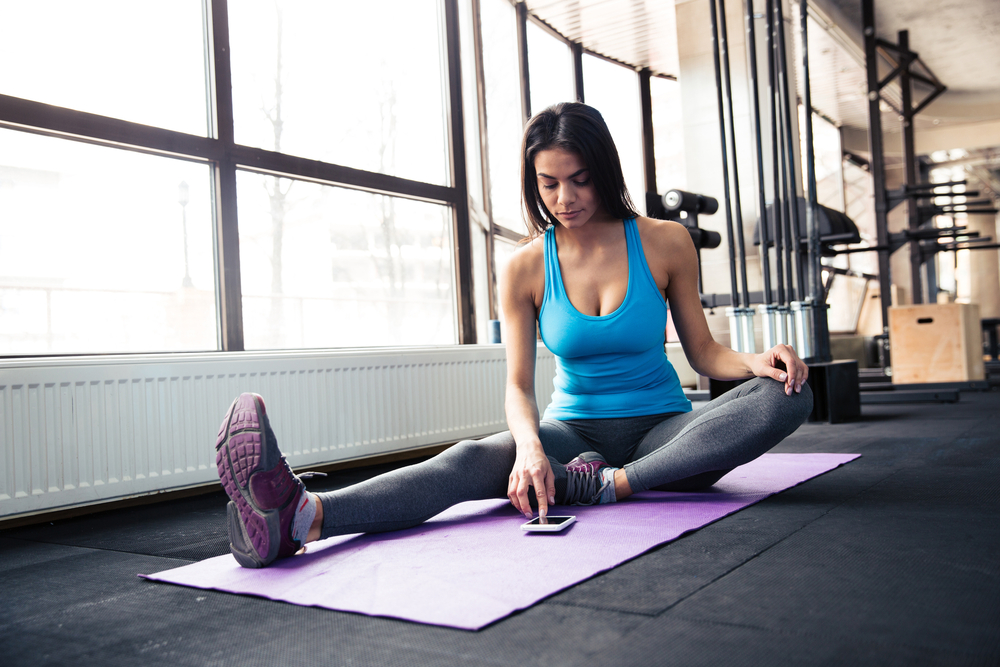What a home gym needs
A home gym needs cardio, strength and stretching opportunities. How far you go with each in terms of equipment depends on your goals.
Related Articles
- The ultimate guide to building a home gym
- Which belt to buy from Rogue
- Which rack to buy from Rogue over $1000
- Which rack to buy from Rogue for under $1000
- Which plates to buy from Rogue
- Which strength equipment to buy from Rogue
- Which conditioning equipment to buy from Rogue
- Which Equipment package to buy from Rogue
- Which accessory to get from Rogue
- Which jump rope to get from Rogue
- Which bench to get from Rogue
- Which dumbbell to get from Rogue
Goals
Whether a home gym makes sense for you depends highly on your personal goals. Gym memberships can be very cheap, especially if you make no use of the classes or trainers. So check your goal set and some factors before deciding on big expenses for a home gym.
-
Distance to gym
-
Opening times
-
Self-motivation
-
Current discipline
The distance to your gym is one of the impactful factors whether a gym makes sense or not. The further away the gym door is from your own the more sense it makes to switch to a home gym. Once you commute an hour to your gym it will definitely be beneficial to start a home gym.
If you work shift it will also help to have a gym that is open 24/7. Most gyms are not open 24/7 with a few exceptions. Combine this with long commutes and you get the idea.
Motivation can be a tricky topic. As long as you can stay motivated and push the workout without external motivators you are a good candidate for a home gym. So ask yourself seriously whether you will keep up the routine once you are home with no official appointments.
The last thing to look at is how disciplined you are about your attendance. If you continuously hit three times a week already or more you can look into it. If you think you will be more disciplined by having a home gym that is usually not what happens.
Plan
Based on your goals develop an effective plan on how to build your home gym. Survey the surrounding area and find the right spot to put it in. Good spots are usually the attic, basement, garden or garage. Measure the room and make notes of any special infrastructure which can not be moved. Check the doors and windows and how they open. Are water, electricity, and heating already on-site or needs to be installed. Which way should the equipment face and how the room flow? It is good to address all of these questions upfront. Otherwise, it is likely you will be disappointed or need extra money to make the gym work in the way you intended it to be.
Strength
Assign some space to strength training. How much depends on your goals and which exercises you already like. This can range from a simple pull up bar up to multiple machines and benches to hit all of the big muscles in your body. A good start for strength is kettlebells. From there you can upgrade to a set of bench, rack, barbells, and plates.
Cardio
The big decision to make on cardio whether you will do it outside or indoors. If the decision falls to indoors you can weigh up the pros and cons of a treadmill versus an air bike. I personally lean more towards air bikes as they are less costly, take up less space and provide a workout that can not be replicated by a simple pair of runners and a good route to run.
Stretch
Have some free space in your home gym which is not obstructed by equipment to do your stretches. This can also be used for yoga and meditation. This way you leave the home gym open for the entire family to be used and not just to yourself.
Storage
All of the plates, kettlebells, dumbbells, balls and jump ropes have to go somewhere. Prepare spaces where you can store all of the equipment. Otherwise, your home gym will very quickly turn into a right mess. If it is messy it will not be used and you will have wasted quite a bit of money.
Summary
Plan the different areas of your gym according to your needs. Tone one of the components up or down in terms of space depending on your needs. Reflect on each of them before making a big purchase.


